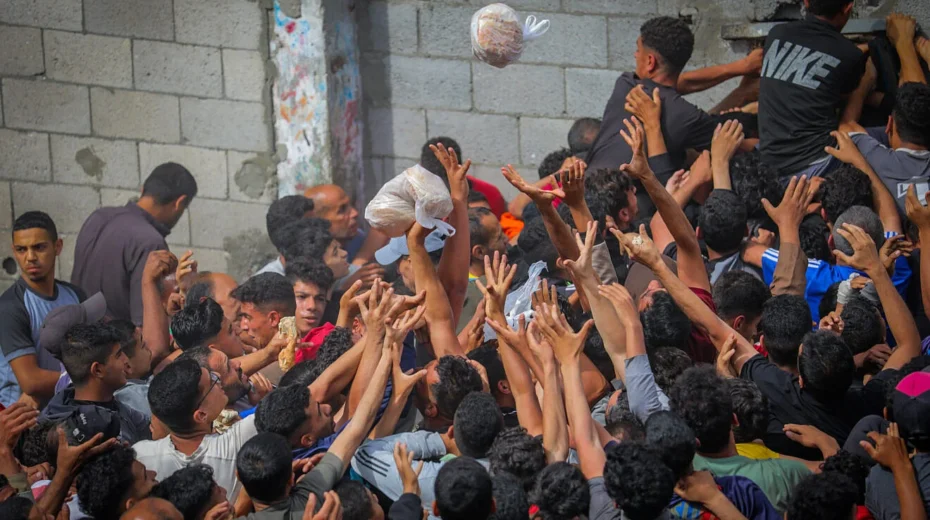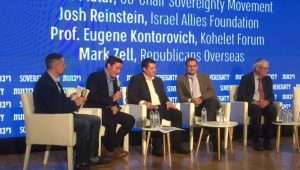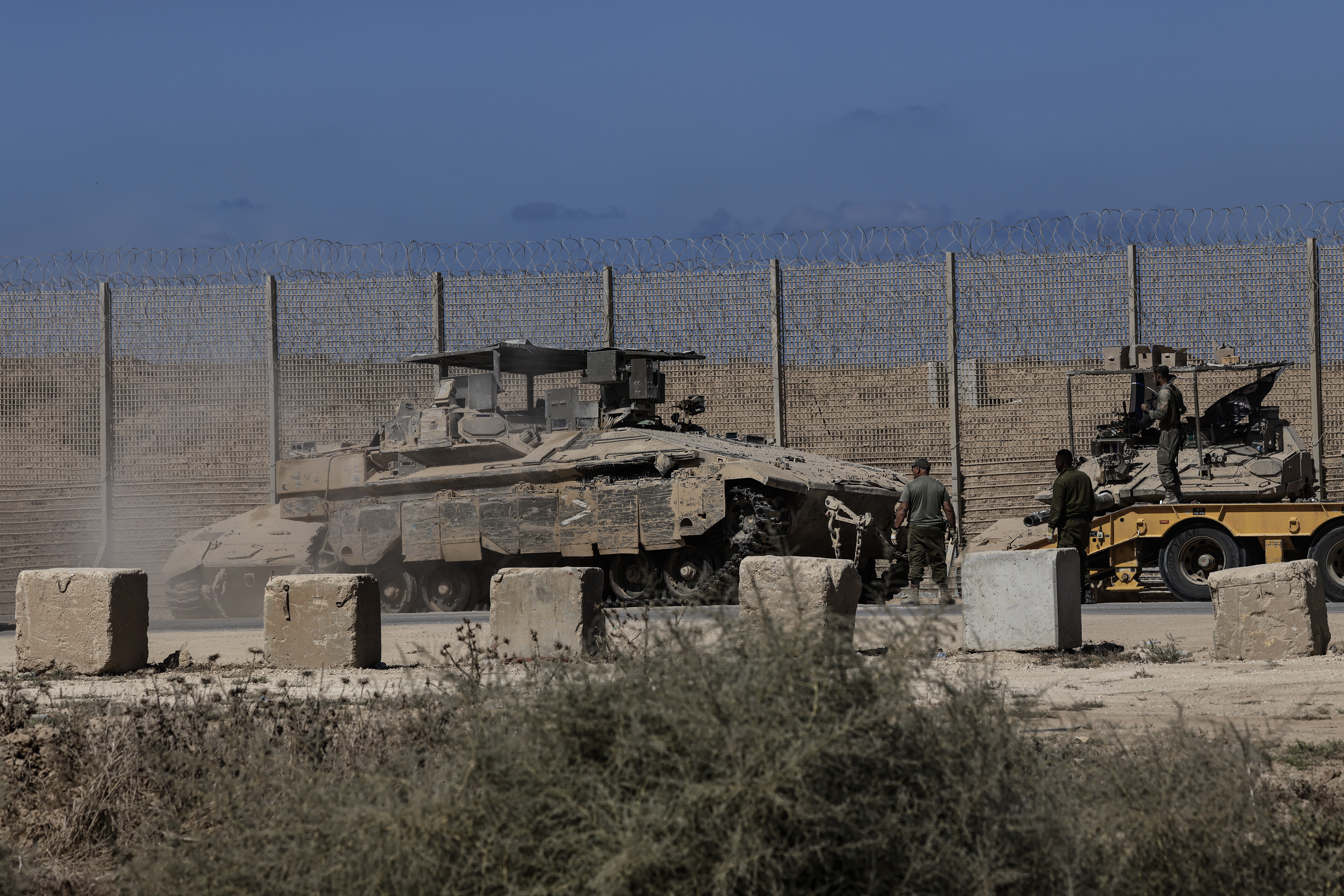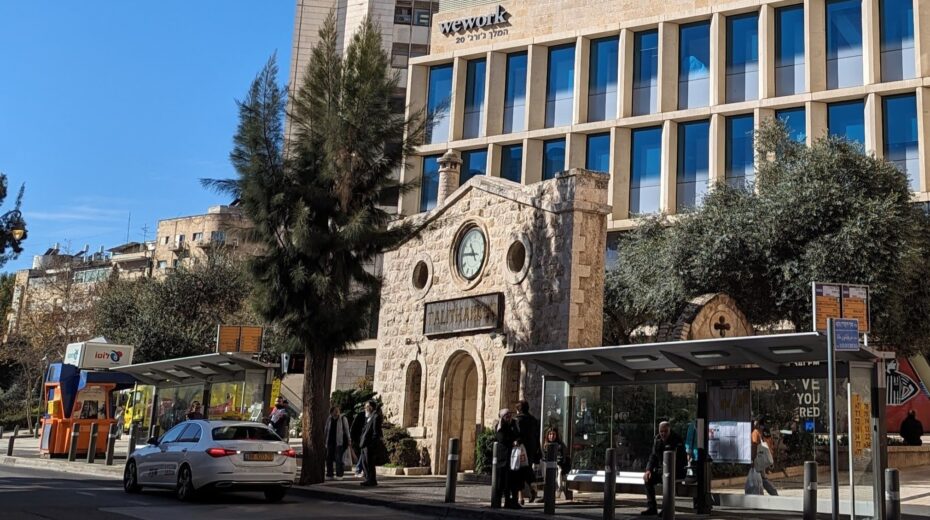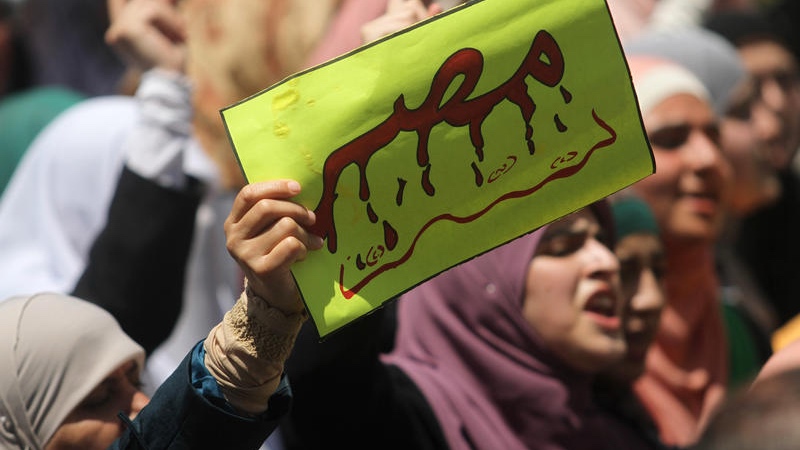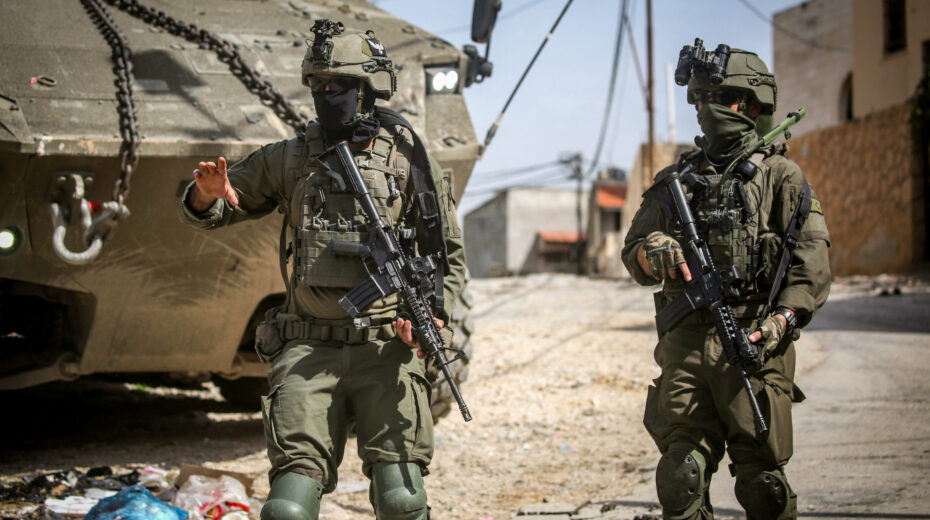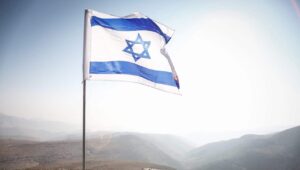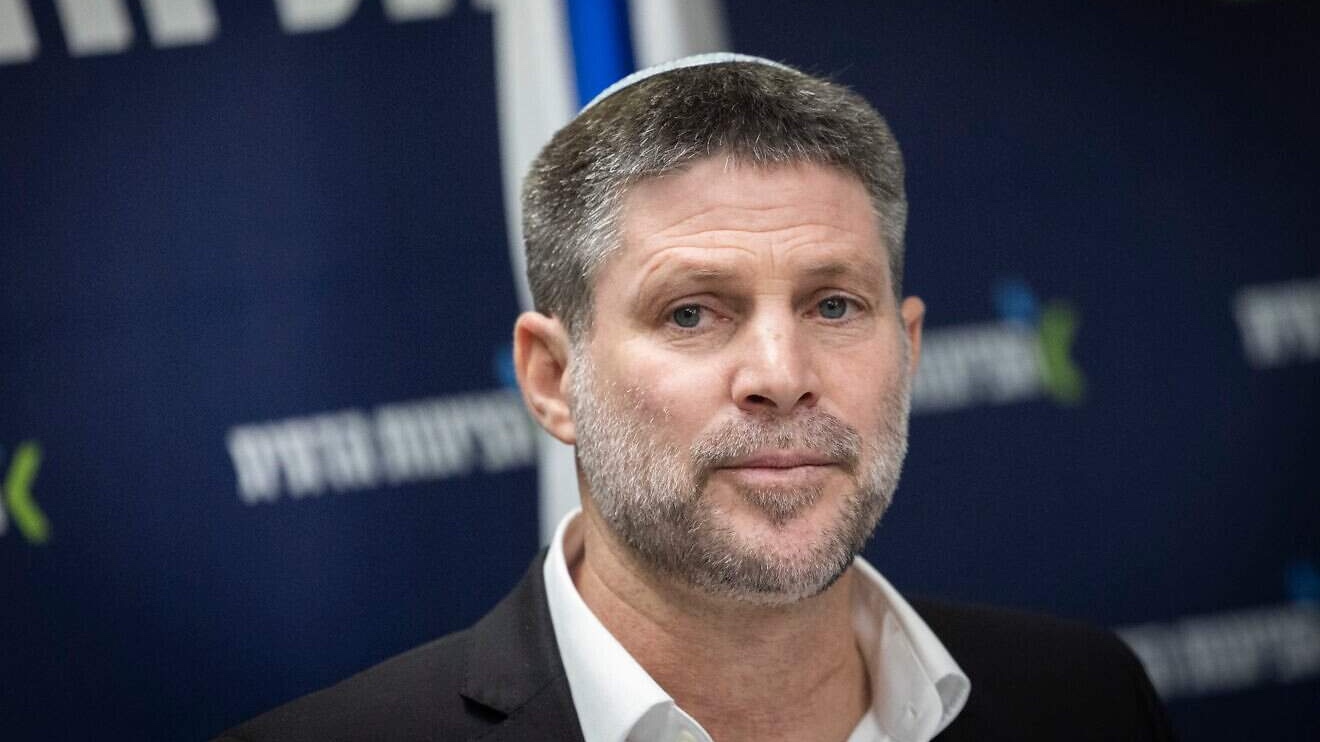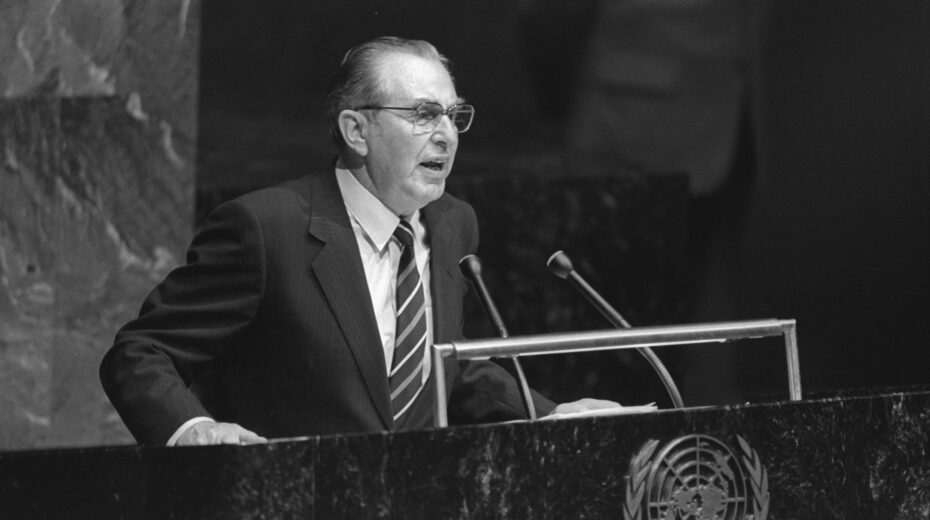Israel’s recent announcement of a new aid distribution program for Palestinian civilians in Gaza, involving US contractors and the Israel Defense Forces, has sparked intense debate about its feasibility and effectiveness.
The plan aims to deliver humanitarian assistance while ensuring Hamas does not exploit the aid, but questions remain about logistics, scale and the broader strategy. How will aid reach those who need it? How many personnel will be involved? And what role will the IDF play?
Israel’s strategic shift in Gaza
Israel’s renewed military operations in Gaza are driven by a clear objective: to dismantle Hamas’s leadership and prevent the group from reconstituting itself.
According to Danielle Pletka, a distinguished senior fellow at the American Enterprise Institute, “The Israelis seek to finish the job of decapitating Hamas, which reconstituted itself during previous ceasefires, set the stage for what comes next, and provide greater incentives for the hostages to be released.”
Unlike in previous incursions, Israel plans to maintain control over more areas of Gaza to deny terrorist groups the opportunity to regroup.
Pletka noted, “The Israelis have previously used clearing techniques familiar in counterinsurgency doctrine, but they haven’t held the territory, and the Israeli government has suggested that they plan to hold more territory in Gaza than before.”
This approach aims to create a more stable environment for aid distribution and governance, but it raises questions about what comes next.
The humanitarian challenge
A central component of Israel’s plan is to ensure humanitarian aid reaches Gaza’s civilians without being hijacked by Hamas. Pletka explained, “The Israeli government made a decision to allow in humanitarian aid, but to continue to ban UNRWA. While groups like the World Food Programme are now delivering aid, Israel has been working with the United States and others to create a new foundation that will provide assistance to needy Palestinians, while assuring that the aid is neither stockpiled, sold, nor otherwise exploited by terrorist groups.”
A new US-backed group, the Gaza Humanitarian Foundation (GHF), is set to begin operations in the Strip by the end of the month. The group aims to provide aid through a plan endorsed by Israel and supported by private American firms.
Details of the plan, approved by Israel’s Cabinet on May 4, remain vague. Seth Frantzman, an adjunct fellow at the Foundation for Defense of Democracies, told JNS that the vision involves controlling most of Gaza, relocating much of the population to a new humanitarian zone in the south, and ensuring it remains free of Hamas influence, unlike the Al-Mawasi zone established in 2023-24.
“The idea is it’s a US-led effort with private security contractors handling distribution, not the IDF,” Frantzman said. “NGOs, new ones—not the ones active in Gaza before October 7—would also be involved. The IDF would secure the perimeter but not handle the actual aid distribution.”
However, the logistics of this plan are murky. Frantzman pointed out that while private contractors have begun arriving in Israel, it’s unclear who is funding the operation or how it will be coordinated.
“On May 18, the Cabinet decided to let aid back in, but a source told the media it’ll take another week to prep the zone,” he noted.
Reports also suggest Gaza will be divided, restricting civilian movement—a major hurdle for ensuring aid reaches those in need. “If civilians can’t move freely, how do they access it?” Frantzman asked.
Logistical and social complexities
The scale of the challenge is daunting. Frantzman questioned whether Israel and the US can manage logistics for over a million people.
“Israel has little experience with this kind of aid delivery,” he said. “They’ve handled natural disasters, but this is different. The US has programs like USAID, but even they’re not set up for something this massive.”
The failure of the US-led Gaza pier project in 2024, which saw much of the aid diverted by Hamas, serves as a cautionary tale.
Gaza’s social dynamics further complicate the plan. Frantzman highlighted the diversity of the Strip’s population, with roughly 40% descended from pre-1948 families who have deep clan and tribal ties. These groups, rooted in ancestral homes, may resist relocation to the south, even if their communities—such as Khan Yunis—are heavily damaged.
In contrast, residents of refugee camps such as Jabalia, accustomed to displacement, may be more willing to move.
“Those people can’t go home anyway—hundreds of thousands are displaced,” Frantzman explained. “The pre-1948 families might cling to their ancestral homes, even if they’re destroyed, while camp residents might be more open to moving since they’ve lived in what they see as temporary urban areas.”
Frantzman pointed to the lack of clarity in the current plan. The idea of dividing Gaza and restricting movement raises practical questions about how civilians will access aid and whether the humanitarian zone can function effectively.
Additionally, without a clear vision for the “day after,” Israel risks repeating past mistakes, where aid efforts faltered, and Hamas regained strength.
Pletka emphasized, “The Israelis have resolutely resisted the idea of planning for a day after the war in Gaza, probably reckoning that this is not their problem,” she said.
“However, it is becoming manifest that it is very much their problem. The only way to preempt bad ideas is with your own ideas. The question is, what are Israel’s ideas?”
Want more news from Israel?
Click Here to sign up for our FREE daily email updates


